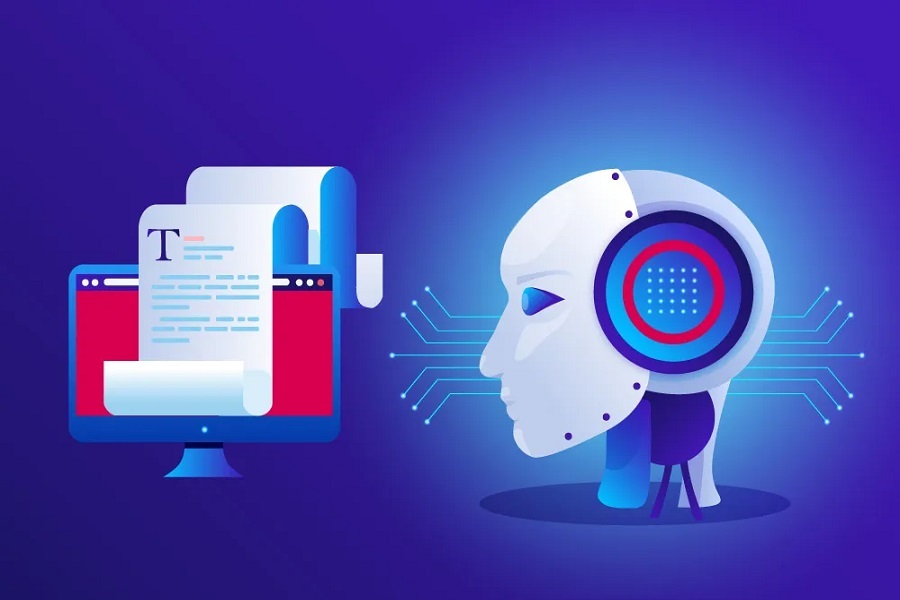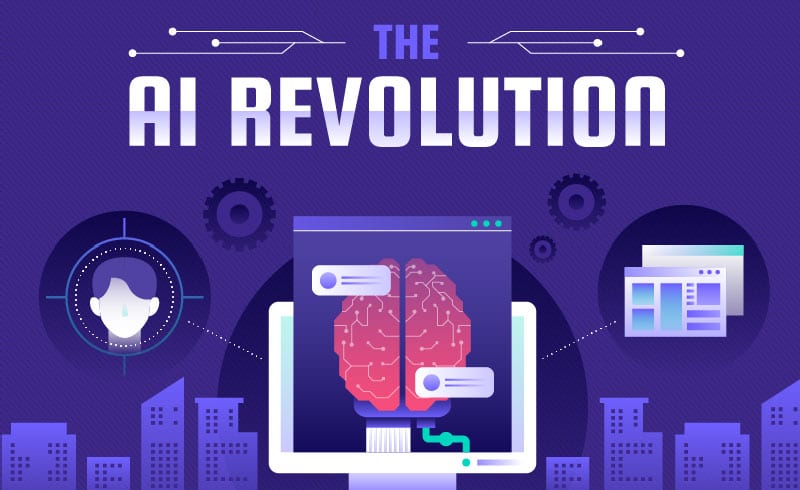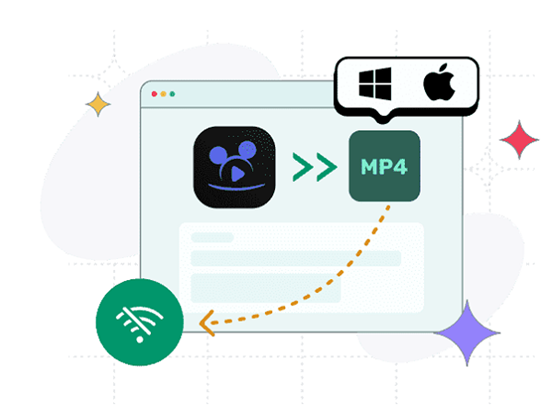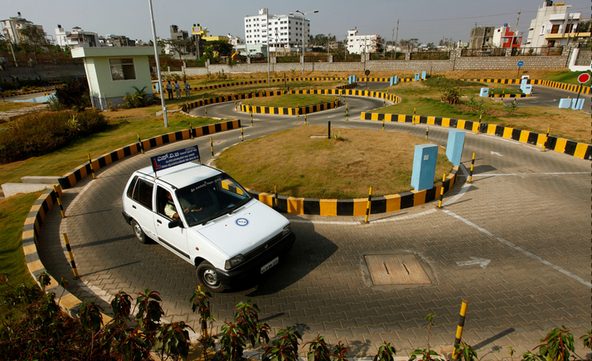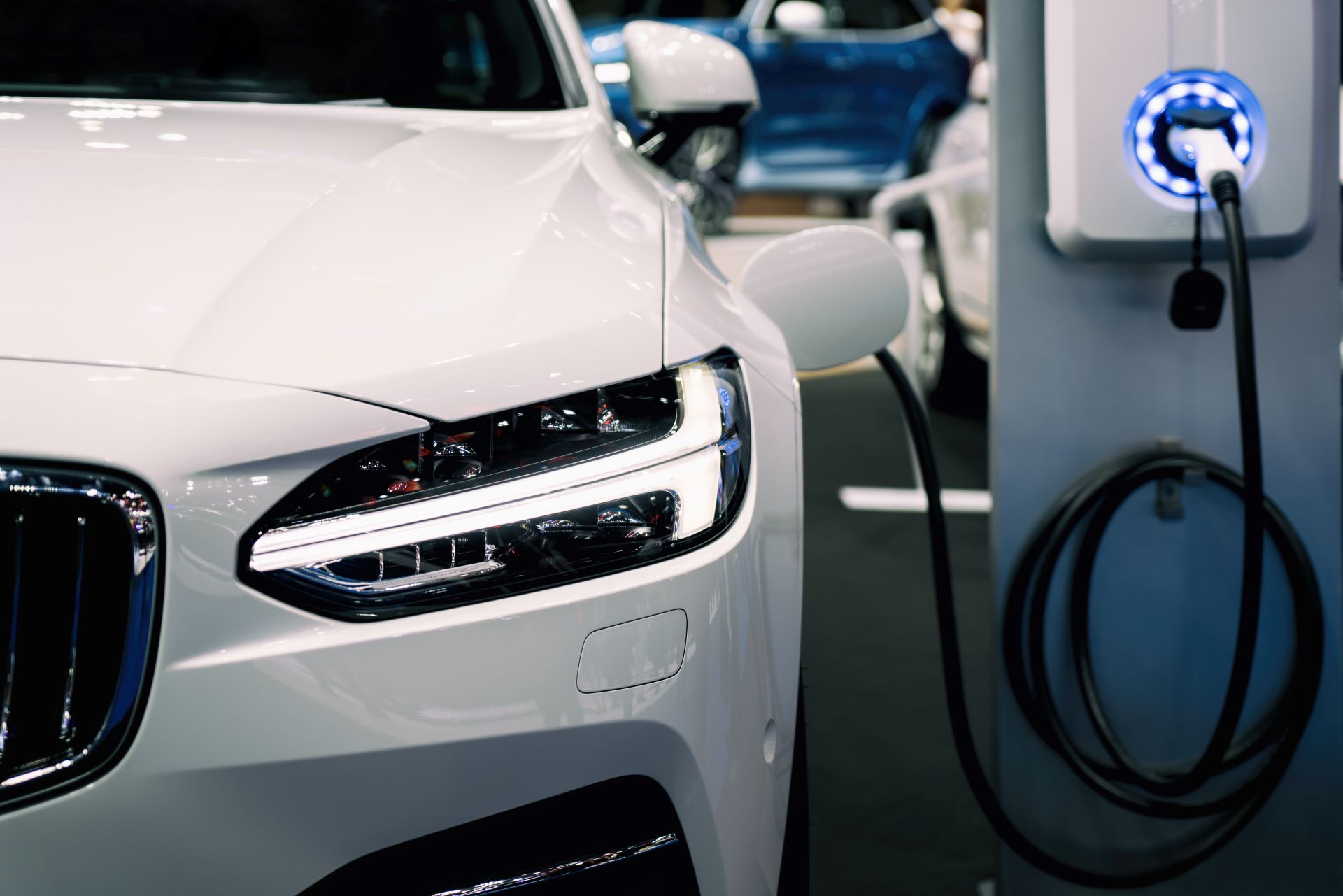In recent decades, the global transportation landscape has been rapidly evolving. As a cornerstone of this evolution, electric vehicles (EVs) have made significant inroads. These vehicles, powered primarily by electricity rather than fossil fuels, have introduced new dynamics to urban and suburban traffic patterns.
In many cities, authorities have started using traffic counting to monitor the inflow and outflow of vehicles. This technique reveals intriguing insights into how the rise of EVs has impacted daily commutes, congestion, and the overall road environment.

Adaptations In Infrastructure
With more electric vehicles hitting the roads, cities have had to adapt quickly. For starters, there’s been a noticeable uptick in charging stations. No longer confined to private garages or isolated spots, these stations have become as commonplace as traditional gas stations.
These infrastructural additions not only serve the practical purpose of charging EVs but also subtly influence driving patterns. For instance, some drivers might choose routes based on charging station locations, thereby altering traditional traffic flows.
Soundscapes And Safety
One of the most immediate changes you’ll notice with an increase in EVs is the decrease in noise pollution. EVs are significantly quieter than their gasoline counterparts. This quietness has its benefits but also brings forth concerns.
While the drop in noise pollution improves the quality of life in urban areas, it introduces a new challenge for pedestrians and cyclists. They can’t always hear an EV approaching. As a result, it’s essential for you to be extra vigilant while crossing streets or biking in traffic. Cities might need to implement new safety measures to counteract this quietness.
Environmental Impact And Traffic Patterns
It’s no secret that EVs are more environmentally friendly. They produce zero tailpipe emissions, leading to cleaner air in dense urban areas. But have you considered how this might influence traffic?
When cities see a decrease in pollution levels, there’s often a spike in tourism and outdoor activities. These shifts can lead to increased traffic during weekends or holidays. Additionally, some cities offer lane privileges or reduced tolls for EVs, further impacting how and when these vehicles travel.
Economic Implications On Driving Habits
The rise of EVs has also affected the economic aspects of driving. EV charging is often more cost-effective than having a gasoline vehicle. With reduced operating costs, you might find it more economical to drive more frequently or for longer distances.
Conversely, EV’s upfront cost is still relatively high, even with tax incentives and rebates. This might deter some from buying EVs, indirectly influencing the number of electric cars on the road and the general traffic patterns.
Reshaping Urban Planning And Design
As electric vehicles take center stage, city planners and architects are rethinking urban design. Traditional parking lots are evolving into advanced charging hubs with amenities to entertain you while your vehicle charges. This not only changes the aesthetics of our urban spaces but also influences where and how long you park.
This shift also affects land use. Traditional gas stations, often taking prime real estate spots, may see a decline, potentially making way for green spaces or community centers. Such transformations can influence your daily routes and destinations, contributing to changing traffic flows.
Technological Integration And Smart Traffic
With the rise of EVs, there’s an increased emphasis on integrating smart technology into transportation systems. Connected EVs can communicate with each other and with traffic signals. Imagine a world where your vehicle gets real-time updates about congestion, suggests optimal routes, or even predicts charging station availability.
Such tech-driven advancements aim to make your drives smoother, reducing unnecessary stop-and-go traffic and optimizing green light intervals. The overarching goal is to alleviate congestion and ensure that traffic moves efficiently, all while giving you more control and insight into your journey.
Future Projections And Traffic Trends
While electric vehicles currently reshape our roads, it’s just the beginning. As battery technology advances and EV ranges expand, long-distance road trips in electric cars will become more feasible. You’ll likely see a shift in intercity traffic patterns as more people opt for road trips without the concern of emissions or fuel costs.
Moreover, the potential rise of electric public transit and shared electric mobility solutions will further diversify the traffic landscape. More options in the transportation mix mean varied peak traffic hours, potential decreases in individual car ownership, and a transformed approach to commuting.
Conclusion
The ascent of electric vehicles isn’t just about transitioning from fossil fuels to electricity. It’s about a holistic transformation of our roadways, our behaviors, and our cities. As EVs continue to rise in prominence, it’s essential to understand and adapt to these changes for a smoother ride into the future.

